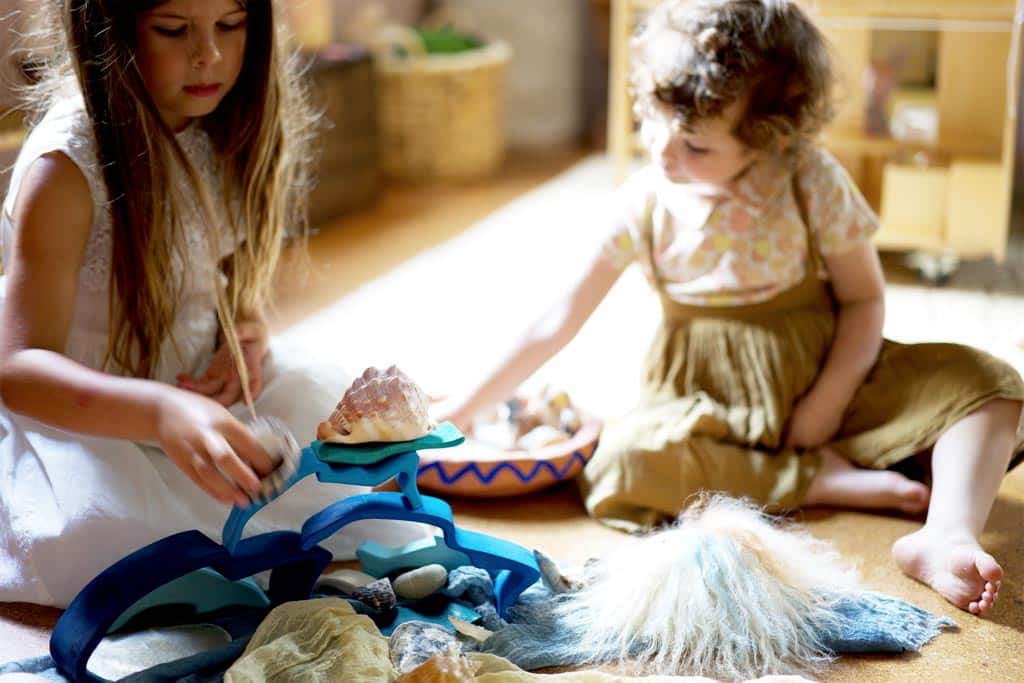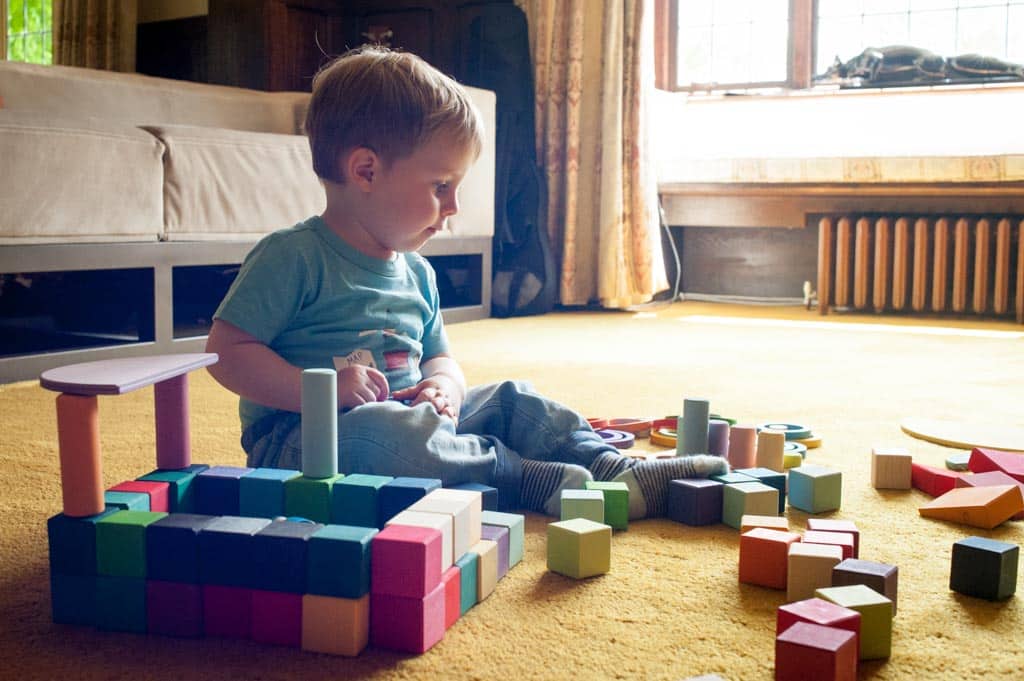How much of your child’s playtime do you control?
Do you spend lots of time together, making collages or working on interesting projects? Or does your child come and go as she pleases?
Free-flow play is something you’ll encounter in many nurseries and is considered good practice. But it’s hard to get right.
The idea is that you set up the environment in such a way that there is a variety of experiences available, both inside and out. Children are free to choose where they go and what they engage with. .
On a bad day, this can lead to mess and unfocused drifting from one activity to another.
But done well, it fosters independence, confidence and decision-making. You are encouraging your child to take responsibility for their own learning and for making their own fun.
Obviously, this will look very different at home than in a nursery. You don’t have a team of assistants to set things up for you, but that’s OK. Just make sure there’s a range of interesting things to do. Outside, start with basics like a water table, a sand tray and access to loose parts like sticks and stones. If you’ve got the space, a den and something to climb are great next steps. Inside, keep toys to a minimum to encourage creativity. If you need some inspiration, take a look at our guide to independent play.
Much depends on the layout of your home and the access you have to outdoor space. Leave the door into the garden unlocked and position yourself in a way that allows you to monitor from a distance. From my kitchen I can just about keep an eye on both the garden and the playroom, leaving me free to write these posts. The children are free to come and go as they please and I get a few minutes to myself.
Note: I’m not saying that you should never do structured activities, simply that the bulk of children’s play should be freely chosen.




